Original 'Femme au tablier bleu' color lithograph by Charles Dufresne. Lithograph printed from an original painting made by the author in France, circa 1930. Published by Mourlot in Collection Pierre Levy in 1971, Paris. Framed and signed in the stone. In good original condition, with minor wear consistent with age and use, preserving a beautiful patina. About the Artist: Georges-Charles Dufresne (23 November 1876, Millemont - 8 August 1938, La Seyne-sur-Mer) was a French painter, engraver, sculptor and decorator. He came from a family of sailors and fishermen that originated in Granville. He left school to study engraving, then went to Paris, where he enrolled at the École nationale supérieure des Beaux-Arts and found a position in the workshops of Hubert Ponscarme [fr]. Later, he became an assistant to the sculptor and medalist, Alexandre Charpentier. He was more attracted to painting, however, and began making pastels at Café-chantants and circuses and guinguettes, in the manner of Toulouse-Lautrec. His first exhibition came at the Salon of the Société Nationale des Beaux-Arts in 1903. Following that, he and his close friend, the American engraver Herbert Lespinasse (1884-1972), went on an extended trip to Italy and stayed at the Villa Médicis. In 1908, he spent some working in Brittany at the invitation of Jean Frélaut. He was mobilized at the beginning of World War I. After being gassed, he was transferred to the Section de Camouflage, under the command of an old acquaintance, the painter André Dunoyer de Segonzac. During this time, he managed to paint some Cubist scenes of the war. In the late 1920s, he became a teacher at the "Académie scandinave", an art school established with Scandinavian patronage that operated from 1919 to 1935. In 1936, he created more tapestry designs for the Mobilier National. That same year, he painted decorations in the foyer of the Palais de Chaillot. His last commission, completed just before his death, involved five large murals for the "Faculté de pharmacie de Paris", a division of Paris Descartes University. A major retrospective of his work was presented at the Venice Biennale shortly after his death. Fernand Mourlot: Fernand Mourlot was born on 5 April 1895 in Paris, France. He was the sixth of nine children of Jules Mourlot and Clemence Gadras. In 1911, at the age of 16, he was admitted as a student to the École nationale supérieure des arts décoratifs where he studied drawing. After his studies he joined his father and older brothers in the family business, the "Imprimerie J. Mourlot". In 1914, Jules Mourlot, through the sale of Russian bonds, would begin expanding the studios, eventually opening a second location on rue St. Maur and purchasing Imprimerie Bataille on rue de Chabrol. That year, the three eldest Mourlot brothers were also drafted into the French Army and sent to the front. Paul, the oldest brother, would be killed shortly after the start of the war. Georges and Fernand would remain in the army through 1918 and would both participate in many battles including the Battle of Verdun. While at the front, they would learn in 1917 of the death of their mother Clemence. Upon their return, they rejoined their father in the business. Georges, the eldest, would head the operations of the studios, while Fernand would concentrate on the artistic side and business development. At the death of their father in 1921, the name of the studios was changed to "Mourlot Freres" (Mourlot Brothers), with Georges and Fernand heading the company, while the other siblings became minority holders in the business. n 1923, Mourlot won a contract to produce an original lithographic poster to promote an exhibition of French Modern Art in Copenhagen, Denmark. A few years later, through the friendship he had developed with the writer Georges Duhamel, himself a former veteran of World War I, Fernand Mourlot met the painter Maurice de Vlaminck. In 1926 the three men worked closely on the production of what became the first of many illustrated books printed by Mourlot Studios. 1930 marked the start of another important and long lasting cooperation: the one between Mourlot and the director of the French National Museums. That year, the Studios printed a poster for the hundred year anniversary of Romanticism and another poster to promote the retrospective of Delacroix's work at the Musée du Louvre. These were followed in 1932 by a poster for an exhibition of Édouard Manet's work at the Musée de l'Orangerie, and in 1934, a poster of Honoré Daumier's work at the Bibliothèque Nationale. By 1937, Mourlot Studios had become the largest printer of artistic posters and was often hired by French and foreign museums, such as the Tate Gallery, to produce high quality posters for their upcoming exhibitions. That year, two more historically important posters for Pierre Bonnard and Henri Matisse would be created for the exhibition of the Art Independent at the Petit Palais. They would lead to a crucial meeting between Mourlot and Matisse and would usher the next chapter in the history of the Mourlot Studios.

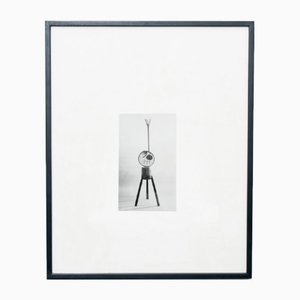



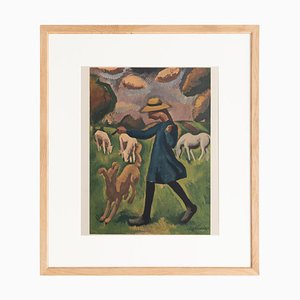

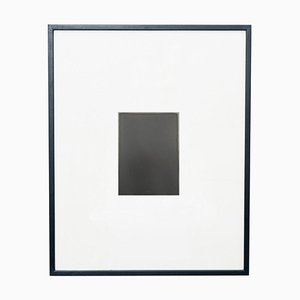


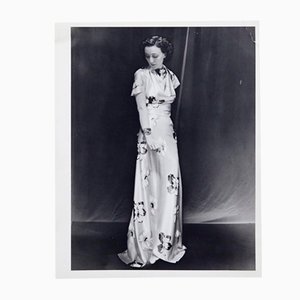
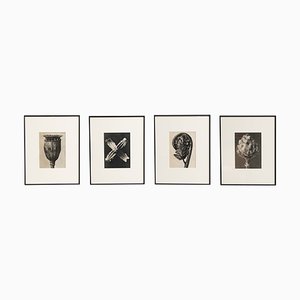
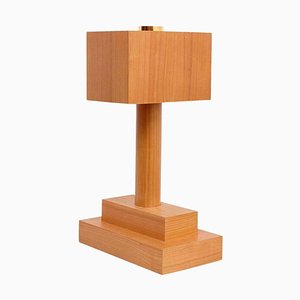
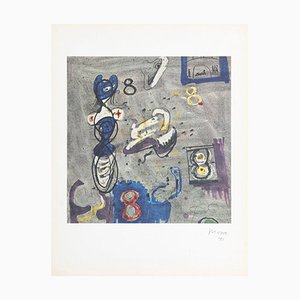

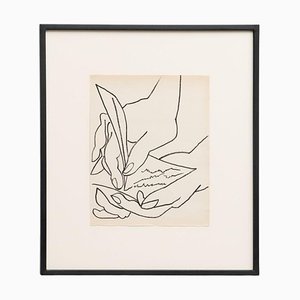
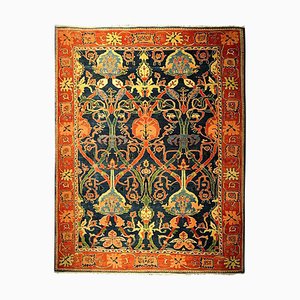

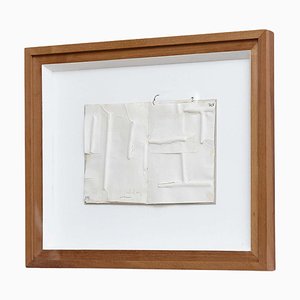

Get in Touch
Make An Offer
We noticed you are new to Pamono!
Please accept the Terms & Conditions and Privacy Policy
Get in Touch
Make An Offer
Almost There!
To follow your conversation on the platform, please complete the registration. To proceed with your offer on the platform, please complete the registration.Successful
Thanks for your inquiry, someone from our team will be in touch shortly
If you are a Design Professional, please apply here to get the benefits of the Pamono Trade Program